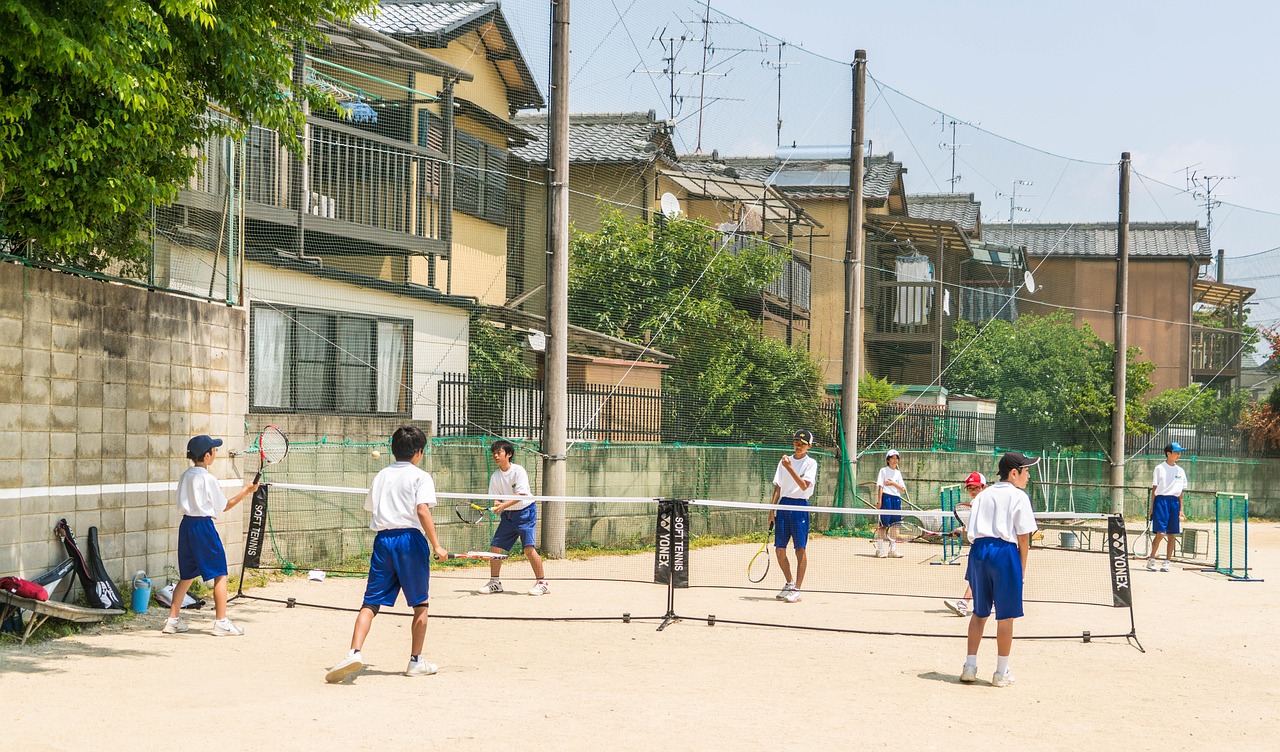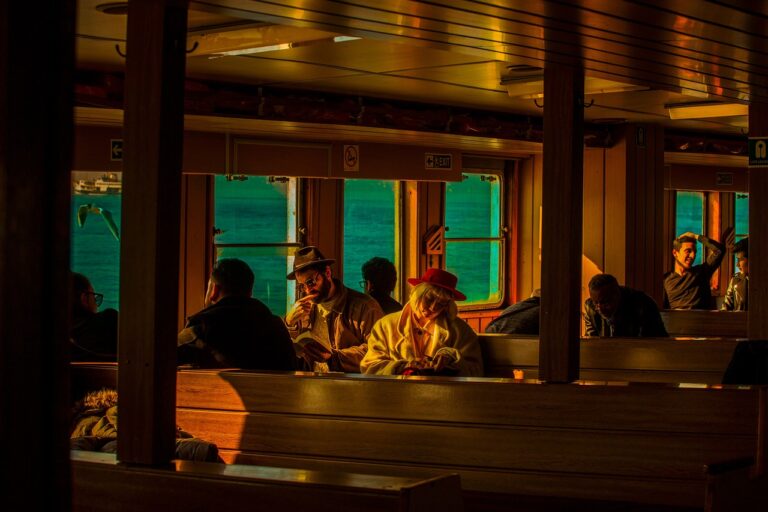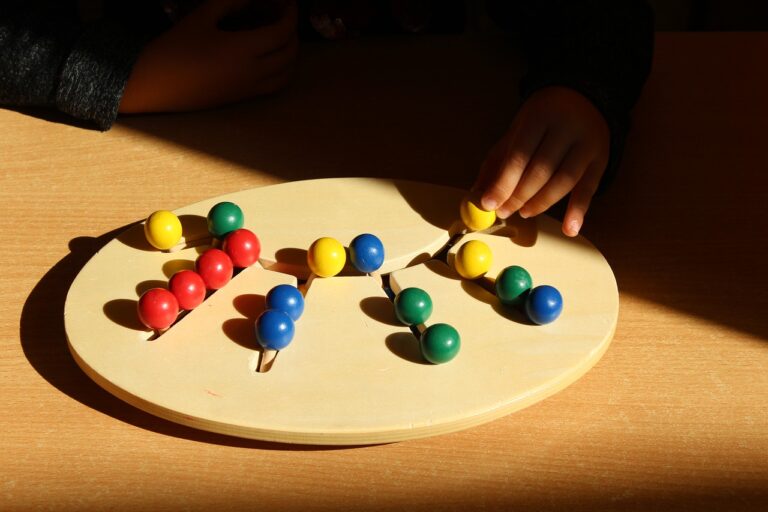Analyzing the Role of Gender and Sexuality in Romance Novels and Films
Gender stereotypes in romance novels have long been a topic of discussion within the literary world. Female characters are often portrayed as damsels in distress, waiting for a strong and dominant male to sweep them off their feet. These stereotypes perpetuate the idea that women are dependent on men for happiness and fulfillment in their lives.
On the other hand, male characters in romance novels are typically depicted as stoic, emotionally reserved individuals who are there to protect and provide for their female counterparts. This perpetuates the stereotype that men should be strong and unemotional, while also reinforcing the idea that women need a man to complete them. As society continues to evolve and challenge traditional gender norms, it is important for authors to break away from these stereotypes and portray more diverse and empowering relationships in their stories.
Portrayal of LGBTQ+ Relationships
In recent years, there has been a noticeable increase in the representation of LGBTQ+ relationships in various forms of media. This shift has helped to raise awareness and promote acceptance of different sexual orientations and gender identities. By depicting diverse and authentic LGBTQ+ relationships on screen and in literature, creators have the opportunity to challenge stereotypes and offer a more inclusive portrayal of love and intimacy.
However, despite some progress, there is still a need for more nuanced and realistic portrayals of LGBTQ+ relationships. All too often, storylines featuring LGBTQ+ characters can fall into clichés or tropes that fail to capture the complexities of queer relationships. It is essential for creators to prioritize authenticity and sensitivity when depicting these relationships, as this can help foster greater understanding and empathy among audiences.
Representation of Masculinity and Femininity
Masculinity and femininity are often depicted in a binary manner in literature and media. Men are typically portrayed as strong, emotionally reserved, and dominant, while women are often shown as nurturing, emotional, and submissive. These stereotypes can limit the range of expressions and behaviors that individuals of all genders are allowed to exhibit in society.
In many narratives, masculinity is equated with power and agency, while femininity is associated with vulnerability and reliance on others. These rigid gender norms can not only perpetuate harmful stereotypes but also contribute to the marginalization of individuals who do not fit into these predetermined categories. It is essential for creators to challenge these stereotypes and offer more diverse and inclusive representations of masculinity and femininity in order to promote a more equitable and accepting society.
What are gender stereotypes in romance?
Gender stereotypes in romance refer to the traditional expectations and roles assigned to men and women in romantic relationships, such as the idea that men should be strong and dominant while women should be nurturing and submissive.
How are LGBTQ+ relationships portrayed in media?
LGBTQ+ relationships are often underrepresented or misrepresented in media, but there has been a growing movement towards more authentic and diverse portrayals of these relationships in recent years.
How is masculinity and femininity represented in media?
Masculinity and femininity are often portrayed in a narrow and stereotypical way in media, perpetuating harmful gender norms. However, there are also examples of media challenging and subverting these traditional representations.







